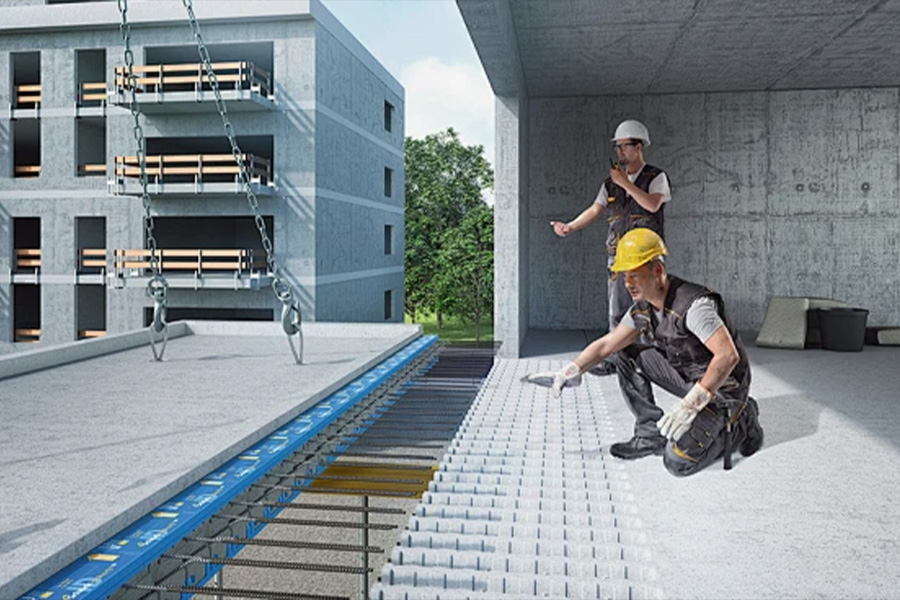In the ever-evolving landscape of technological advancement, modern engineering projects stand as testaments to human ingenuity and the relentless pursuit of progress. These projects, often spanning multiple disciplines and requiring the collaboration of diverse experts, embody a complex interplay of design, innovation, and execution. They not only push the boundaries of what is possible but also redefine our understanding of infrastructure, technology, and societal development.

One of the most striking aspects of modern engineering projects is their interdisciplinary nature. No longer confined to the traditional realms of civil, mechanical, or electrical engineering, these projects frequently integrate insights from computer science, materials science, and even the social sciences. For instance, the development of smart cities involves not just the construction of buildings and infrastructure but also the integration of advanced information and communication technologies, data analytics, and urban planning strategies. This holistic approach ensures that the project addresses not just the physical needs but also the social, economic, and environmental contexts within which it operates.
The intricacies of modern engineering projects also lie in their scale and ambition. Megaprojects, such as high-speed rail networks, large-scale renewable energy installations, and space exploration missions, demand unprecedented levels of coordination, resource management, and risk mitigation. These projects often span vast geographical distances, involve numerous stakeholders, and require the synchronization of diverse activities over extended timelines. The challenges they pose are multifaceted, ranging from technical feasibility and cost control to environmental impact assessments and social acceptance.
Innovation plays a pivotal role in overcoming these challenges. Modern engineering projects frequently push the boundaries of existing technologies, necessitating the development of new materials, methods, and systems. For example, the construction of ultra-tall buildings has led to advancements in structural engineering, with the development of new materials like high-strength steel and carbon fiber-reinforced concrete. Similarly, the pursuit of sustainable transportation solutions has spurred research in electric and autonomous vehicles, as well as alternative fuels and energy storage systems.
However, the path to innovation is not without its hurdles. Modern engineering projects often operate in a highly uncertain environment, where technological, economic, and regulatory landscapes are in constant flux. This necessitates a flexible and adaptive approach, with a strong emphasis on continuous learning and iteration. Project teams must be equipped with the ability to pivot strategies, incorporate feedback, and leverage emerging technologies to stay on course.
Moreover, the success of modern engineering projects hinges on effective communication and collaboration. With stakeholders ranging from government agencies and private enterprises to communities and individuals, ensuring transparency, inclusivity, and alignment of interests is crucial. This requires a robust project management framework that fosters open dialogue, facilitates knowledge sharing, and promotes a culture of accountability and trust.
In conclusion, modern engineering projects are intricate tapestries woven from the threads of interdisciplinary expertise, innovation, and collaboration. They challenge us to think beyond the conventional boundaries, pushing the limits of what we know and can achieve. As we navigate the complexities of these projects, we must embrace a mindset of continuous learning and adaptation, ensuring that our engineering endeavors contribute positively to the advancement of society and the well-being of all its members.

 Return
Return


